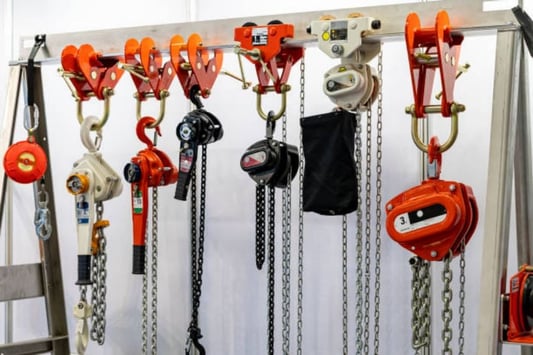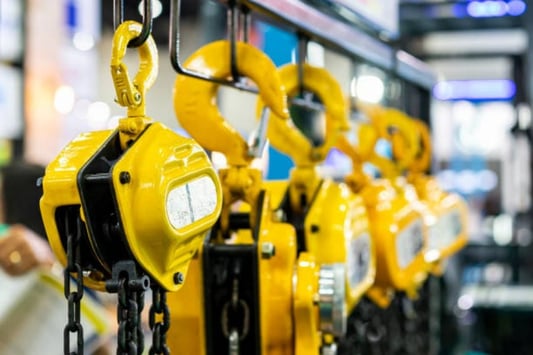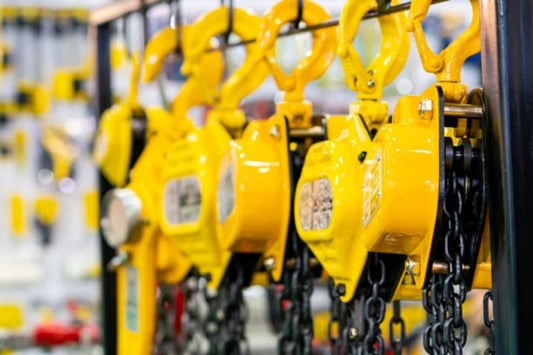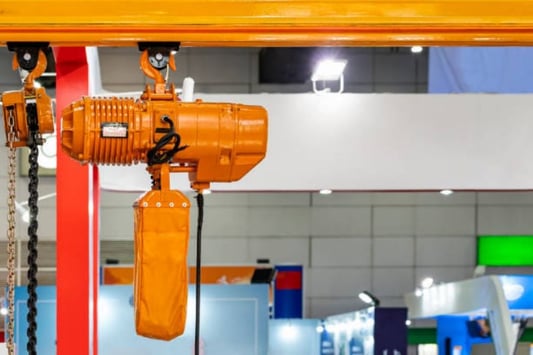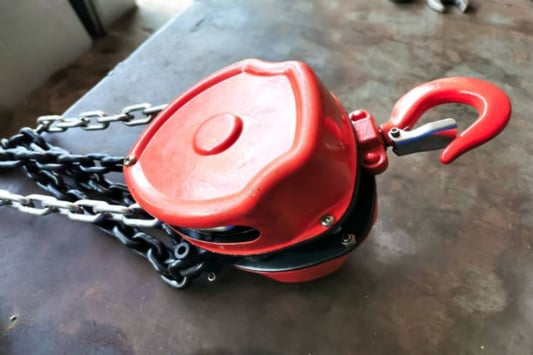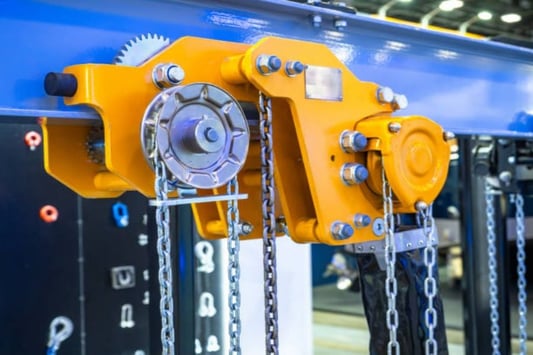IntroductionManual chain crane is an essential lifting equipment that uses a chain to control the movement of goods. It is a cost-effective and easy-to-use tool that finds its application in various industries, including construction, shipping, and manufacturing. This article will provide you with a comprehensive guide to understanding the various prospects of manual chain crane.The Functionality of Manual Chain CraneManual chain crane functions on the principle of pulleys, where mechanical power is transmitted to lift and move the heavy loads. The chain system allows the load to be lifted by pulling the chain's bottom. The gears and brakes in the manual chain crane control the load's speed while lowering or lifting.The Types of Manual Chain CraneThe manual chain crane can be classified into several groups based on the load capacity, height, chain length, and size. The most common types are the hand-operated chain hoist, chain blocks, manual hoist, portable chain hoist, and electric power chains. Each type of manual chain crane is designed to serve different lifting needs.Pros of Manual Chain CraneManual chain crane provides numerous advantages to its users. Firstly, it's easy and efficient to use with minimal maintenance needs and low repair costs. Secondly, manual chain crane is versatile and can be used in remote areas with no power supply. Lastly, manual chain crane is a cost-effective solution, making it an ideal option for small and medium businesses.Applications of Manual Chain CraneManual chain crane is widely used in various industries. It finds its application in construction sites, workshops, factories, and warehouses for loading and unloading heavy goods. Its usage is also prevalent in transportation, where it's used to lift and move goods in trucks, trailers, and ships. In addition, it's widely used in small businesses, including garages, repair shops, and retail stores.Safety Measures when Using Manual Chain CraneWhile using manual chain crane, several safety measures need to be followed. Firstly, it's essential to check the weight limit of the crane and refrain from exceeding it. Secondly, always use hand gloves when handling the chains to avoid cut or injury. Thirdly, inspect the crane's parts before using them, and if any damage is detected, repair them or replace them immediately. Lastly, always follow the user manual and guidelines while using the manual chain crane.Factors to Consider While Purchasing Manual Chain CraneBefore purchasing a manual chain crane, several factors need to be considered. Firstly, the load capacity of the crane should be evaluated based on the maximum weight it needs to lift. Secondly, the height of the lifting mechanisms should be considered. Thirdly, the length of the lifting chains should be checked to ensure that it meets the required height. Lastly, the durability and the quality of the manual chain crane should be checked to ensure that it lasts longer.Installation and Maintenance of Manual Chain CraneManual chain crane installation is a simple process and can be done by following the instructions provided in the manual. The crane needs to be mounted on a steady and stable platform to avoid tipping over while lifting the load. The maintenance of manual chain crane is low, where the chain and gears need to be lubricated regularly to ensure smooth operation. It's also essential to check and tighten the bolts and nuts used in the crane to avoid accidents.Cost of Manual Chain CraneManual chain crane's cost depends on the lifting capacity, height, and chain length required. The price of manual chain crane can range from $50 to $2000, making it an affordable lifting solution for small and medium businesses.ConclusionIn conclusion, manual chain crane is an essential lifting equipment that's easy to use, cost-effective, and ideal for small and medium businesses. This article has provided an extensive guide to understanding the various prospects of manual chain crane, including its functionality, types, applications, safety measures, purchasing factors, installation, maintenance, and cost.Quote Inquiry


